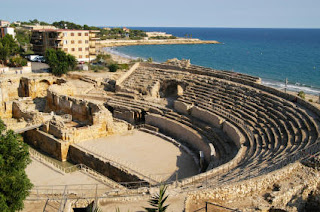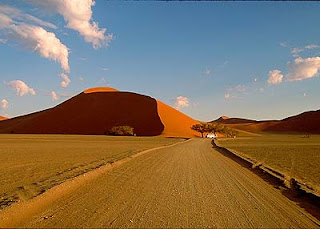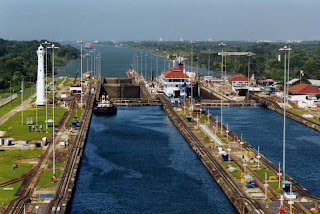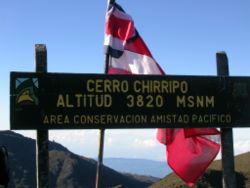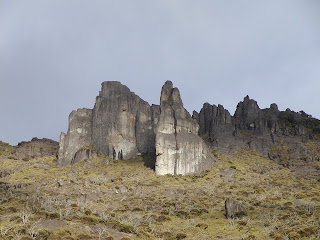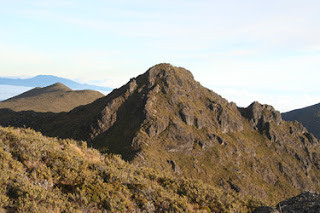Hotels in Catalonia
When you have had your fill of the hedonism of the Catalan coast, it is time to head inland, to explore the agricultural heartlands of Catalonia where the villages have their own folklore, culture and customs, local festivals rooted in medieval tradition, and magnificent regional food and wines. The people of this fiercely independent, semi-autonomous province have a strong sense of nationalism. They are Catalan first and Spanish second, their identity clearly visible in their preference for speaking in their native tongue, a language very different from the Castillian Spanish spoken elsewhere.
Inhabited since prehIstoric times, Tarragona, on the Costa Dorada, was the base from which the Romans set out to colonize Iberia. It is beautifully situated on a rocky outcrop overlooking the sea with a walled old quarter and impressively intact Roman remains both in and around the town. A 115 km (70 mi) cycling tour of the back roads to the pleasant inland town of Lleida on the River Segre gives you an insight into Catalan rural culture as you meander through the pretty farmlands from village to village, whliling along country lanes, passing dry-stonewalled terraces of fruit and olive groves, visiting ancient chapels and monasteries, old farm buildings and windmills along the way.
Although this part of Spain is heavily dependent on tourism, the old quarters of the villages are still devoted entirely to food production, with a co-operative in each village. You pass the vineyards of Montsant and see the olive oil factory at El Soleras at work, the famous olive villages of Les Garrigues and the historic curiosity of the old oil mill at Albatarrec. You will be able to gorge yourself on wonderful regional dishes as you exercise them off, ending your bike ride glowing with well-being at the gateway to the Pyrenees.
HOW
By bike
WHEN TO GO
October for the olive harvest.
TIME IT TAKES
Two days
HIGHLIGHTS
World Heritage monuments of Tarragona.
Monastery of Poblet.
Stone huts of Ulldemolins.
Seu Vena, Lleida - 12th-15th century Cathedral.
YOU SHOULD KNOW
This is easy cycling over gently undulating or flat terrain.
